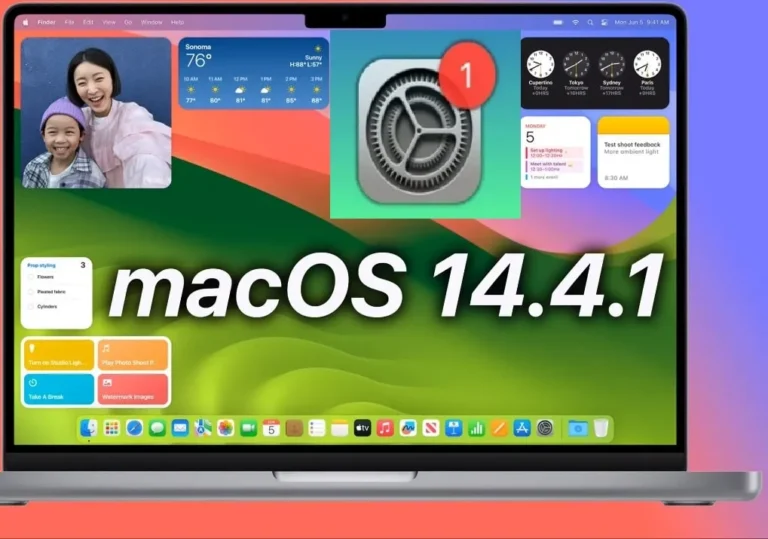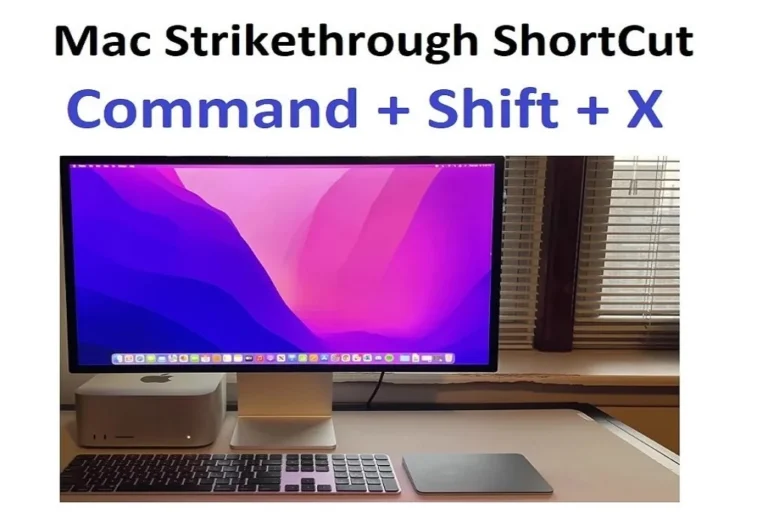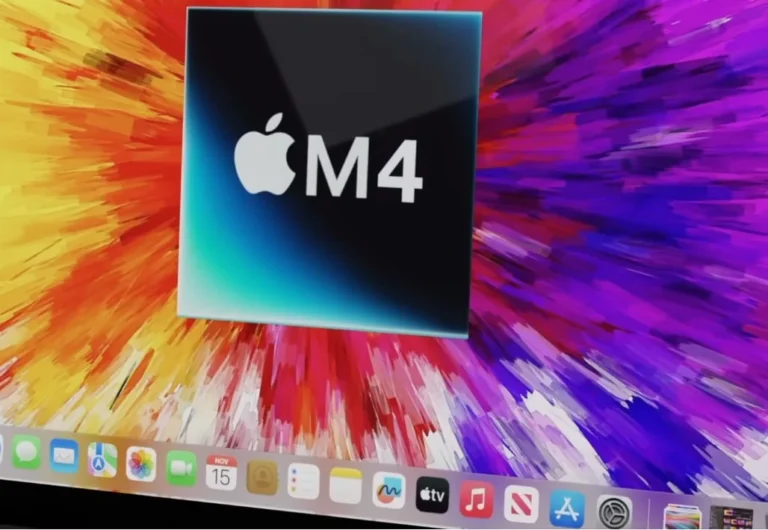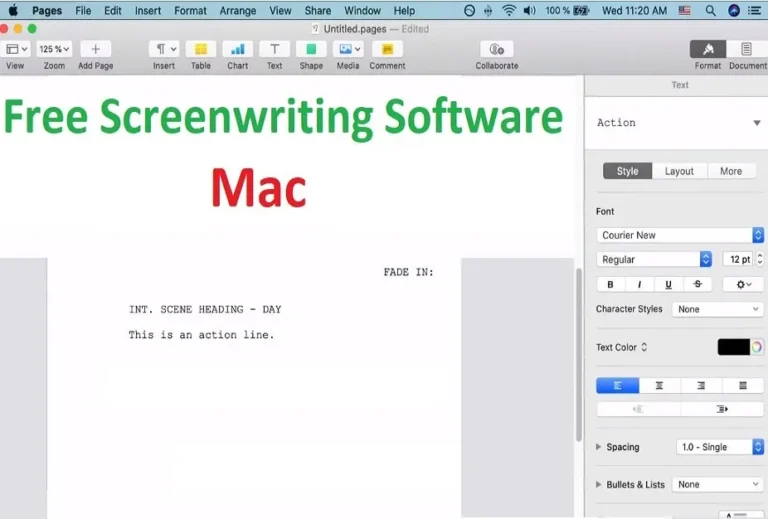All about MacBook Pro and Air with OLED
Apple has always been ahead of other giant tech companies in display technology. With the introduction of OLED displays in their iPads in, 2024, people are already asking, when will we see these incredible OLED displays in MacBook Pros and MacBook Airs? In this article, we’ll explore the possible timelines, the rumors, and leaks. We will also look into the possibility of a touchscreen MacBook in the future.
OLED Displays: A Brief History
Apple’s Journey with OLED Displays:
If you are familiar with Apple’s product line in the recent past, you would probably already know that the Apple Watch and iPhones have featured OLED displays for several generations. These OLED displays have set a high standard in the industry, thanks to Apple’s meticulously careful tuning and quality control, even though the displays themselves may be manufactured by other companies.
The iPad Pro’s OLED Breakthrough:
A few months ago, Apple introduced the iPad Pro with the latest M4 processor Chips also with the brand-new tandem OLED display. This display has been generally celebrated as the best OLED display on a mobile device, beating even those from industry giants like Samsung and LG. The success and the hype (justifiable) of the iPad Pro’s OLED display accelerate the anticipation for its implementation in MacBooks as well.
When Are OLED MacBooks Coming?
The Rumor Mill: Multiple Sources, Multiple Dates
Over the years, there have been quite a few leaks and rumors about when OLED displays coming to the MacBooks. Initial assumption pointed to the year 2027, but more recent leaks suggest a 2026 release for the MacBook Pro with OLED.
Recent Reports: 2024 to 2026 Timeline
According to Mark Gurman, we might see new MacBook Pros with the M4, M4 Pro, and M4 Max chips by the end of 2024 or in the start of 2025. If this comes true, we may have an OLED MacBook Pros debut around early to mid-2026, as Apple normally waits a year or more between major updates.
The Long Game: Potential Designs and Generations
Apple’s current MacBook Pro design was introduced in late 2021 and it is expected to last for about five to six years. This time scheme aligns with a possible OLED introduction around 2026 or 2027. This hypothetically means that we may have an OLED MacBook with the M5 or even M6 series of chips.
What About the MacBook Air?
OLED on a Budget: The Waiting Game
Although the MacBook Pro is expected to get an OLED display by 2026, the MacBook Air might not see this upgrade until late 2027 or even early part of 2028. From business point of view, Apple’s expected strategy is rolling out OLED across its more first-class devices first before bringing it to more budget-friendly options.
The Possibility of a Touchscreen MacBook
A Touch of History: The Touch Bar Experiment
Apple’s previous attempt at incorporating touch features into MacBooks came in the year 2016 with the introduction of the Touch Bar. There was a lot of excitement initially. Despite initial interest and appreciation on the part of end user, the Touch Bar failed to gain widespread acceptance over the time. This lead Apple to opt for phasing out the Touch Bars from the MacBooks.
Future Prospects: Patents and Speculation
There have been leaks and patents indicating that Apple might again take chance and introduce a touchscreen in the MacBook. However, these rumors should be taken with a grain of salt, as there is no concrete evidence that this feature will be coming anytime soon.
The Big Question: Should You Wait for OLED?
Mini LED vs. OLED: A Tough Choice
If you are thinking about purchasing a MacBook Pro in the near future, you might wonder whether to wait for the OLED models or just go ahead with LED’s that are currently available. MacBooks don’t come cheap and the current mini LED displays are already top-notch, so you can get it if you are facing hindrance in your operations. However, if you feel enthralled by the the appeal of OLED’s superior contrast and color accuracy and you already have a machine than can do the job for you currently, it might be worth the wait if you can hold out until 2026.
OLED also called Organic Light-Emitting Diode technology comes with several advantages over traditional LCDs. It provides better color accuracy, higher contrast ratios, faster response times, and improved energy efficiency in different products. With these feature OLED screens are poised to become the new standard in laptop displays in upcoming times. According to a report by Amia, the user demand for OLED panels in different products is expected to surge with an astounding annual growth rate (CAGR) of 37% from 2023 to 2031.
Who would benefit from OLEDs in MacBooks?
A Game-Changer for Creative Professionals
The introduction of OLED screens in MacBook models is expected to considerably improve the user experience, particularly for those creative professionals working in design, photography, and video production. OLED MacBook with deeper blacks and more vibrant colors will provide a more alluring viewing experience to the users. One would expect that OLED will make MacBook Pros and MacBook airs a must-have for anyone who demands the best from their laptop. In upcoming years, you will be feeling lagging behind if you don’t have a OLED MacBook.
Gaming and Media Consumption
Superior Display quality of the OLED screens isn’t just for the creative professionals. It is going to excite many others type of users like Gamers and media. Such consumers will benefit from the superior display quality of OLED screens that come with faster response times and higher contrast ratios. OLED technology is poised to provide an experience that is more engaging and interactive. Another benefit with the OLED display is that they are energy efficient. This means, OLED panels could lead to better battery life which is a key factor for laptop users these days.
Wrapping Up:
Even so, the iPad Pro has already led to the OLED screen’s release with MacBook Pros and MacBook Airs to potentially happen from as soon as 2026 for the Pro versions and even later for the Air.
To those who are waiting for the OLED MacBook, or those trying to decide whether to invest in the currently available laptops with Mini LED screens, this decision really depends on personal requirements and preferences. OLED technologies have some significant benefits, such as better color gamut, contrast rates, and better energy consumption which are desired by users. However, the Mini LED displays that are available today are already on par with these standards, which are more than sufficient for majority of users.




